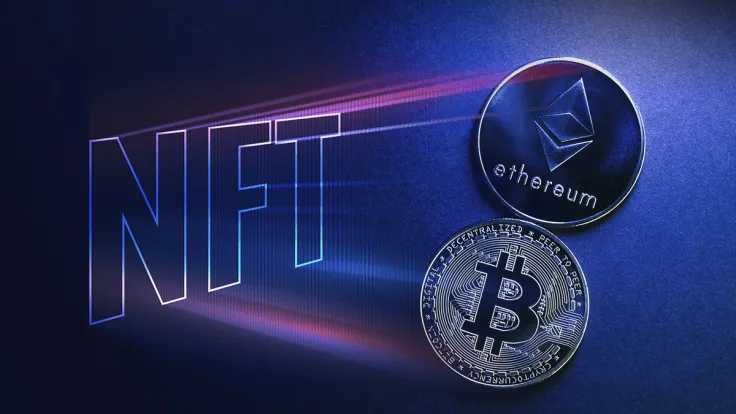
Pseudonymous NFT entrepreneur Dotta (@cryppadotta on GitHub), the creator of the first-ever license for ERC721 tokens Dotlicense and CEO of Forgotten Runes Wizard's Cult ecosystem, praises Ordinals NFTs on Bitcoin (BTC). Why?
Seasoned NFT developer on Ordinals: More flexible, more privacy-focused, what else?
Yesterday, on Feb. 17, 2023, Dotta shared a Twitter thread to reflect on the popularity of Ordinals, a sort of NFTs on the Bitcoin (BTC) blockchain. Despite being in its nascent stage, the concept has a number of "striking" advantages compared to its Ethereum-based predecessors.
How Ordinals are evolving differently than Ethereum NFTs:
🐒→ 🏃♂️— dotta (@dotta) February 16, 2023CZ Reacts to Trust Wallet Hack. Are Funds SAFU?Crypto Market Prediction: Is Shiba Inu (SHIB) Saved? XRP Can Enter New Year With Bull Run, Bitcoin (BTC): There's a ProblemBiggest-Ever Bitcoin Options Expiry to Take Place TomorrowRipple Exec Issues Bullish 2026 Prediction, Shiba Inu (SHIB) Price Defies Negative Trend, XRP Beats Bitcoin in Quantum Resistance — Crypto News Digest
First, the Ordinals concept prioritizes the privacy of the token creator: every release needs its unique wallet, so tracking "NFT whales" becomes more difficult than on Ethereum (ETH).
Then, Ordinals cannot support off-chain data. There is no possibility to attach a file from IPFS hosting, let alone AWS or any other Web2 cloud storage.
Surprisingly, despite the concept of Ordinals looking sophisticated, it is much easier to create NFTs on Bitcoin (BTC) than on an EVM-compatible blockchain. There is no need to write and deploy a smart contract: the content can be tokenized by a single command.
No roadmaps, no royalties, no expectations
Besides this, Ordinals would easily support other types of content beyond jpeg images or short text documents. Both HTML pages and 3D models are very rare on Ethereum (ETH): Ordinals unlock new tokenization opportunities for them.
Last but not least, so far, this segment is not affected by the attributes of VC-backed Web3 products: no roadmaps are released, and no marketplace charges creators with fees. As such, no "expectations" would trigger unhealthy hype around the product.
As covered by U.Today previously, some analysts have already attributed the recent Bitcoin (BTC) price upsurge to the spike in popularity of Bitcoin (BTC) NFTs.

 Dan Burgin
Dan Burgin Vladislav Sopov
Vladislav Sopov U.Today Editorial Team
U.Today Editorial Team